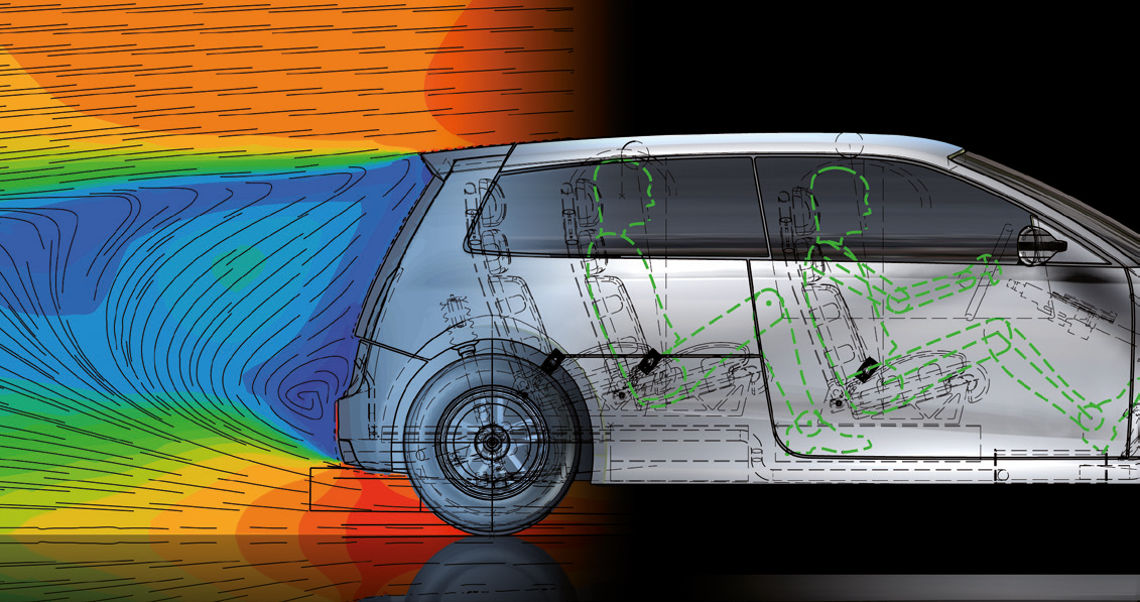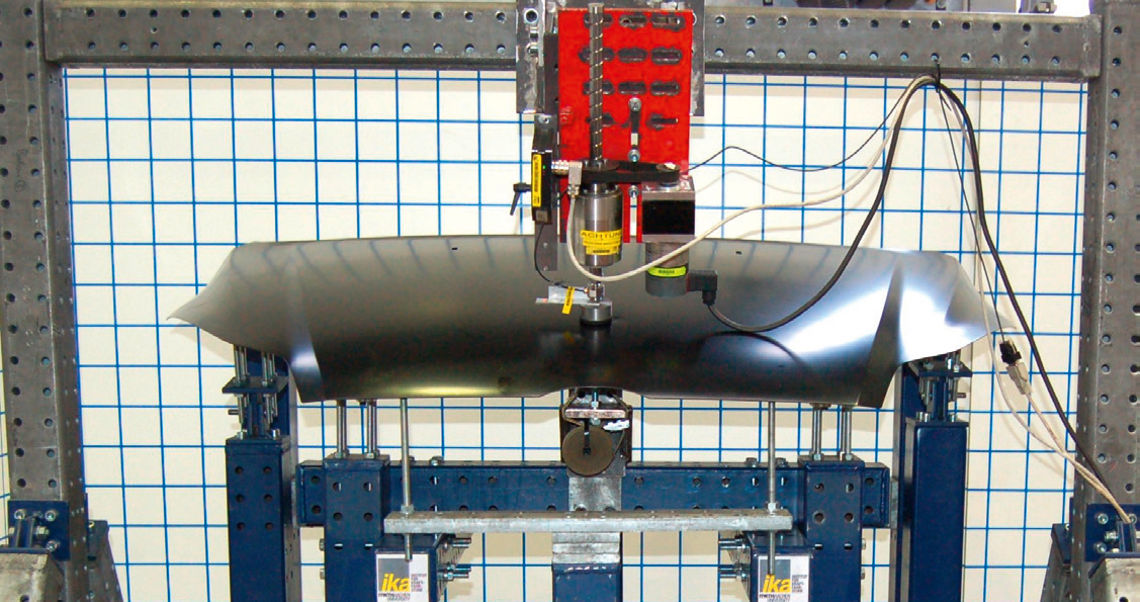Current Highlights
ALLIANCE – Sustainable, cost-efficient lightweight design for mass production
epsilon: Lightweight body structure for a small electric vehicle
Crash-deformable battery systems
Lightweight truck door concept
CAMISMA: A lightweight seat structure based on thermoplastic FRP
Ihr Ansprechpartner
Your contact
![[Foto: Daniel Wegener]](/images/personen/berger-lutz.jpg)
Dipl.-Ing. Lutz Berger
Head of Vehicle Concepts, Body & Interior
This email address is being protected from spambots. You need JavaScript enabled to view it.
Telefon: +49 241 8861 128
This email address is being protected from spambots. You need JavaScript enabled to view it.
Phone: +49 241 8861 128
Scooter Crash Test
In this test series we demonstrate possible collision scenarios of vehicles and scooters.
epsilon: Lightweight body structure for a small electric vehicle
Within the EU-funded project “epsilon”, fka as project coordinator was responsible for creating the concept for the entire vehicle, the package and the structure in CAD.
Crash-deformable battery systems
The energy storage is mostly positioned in those areas in vehicles, which are most unlikely to be deformed during a crash. These areas however are limited and therefore also limit the maximum battery capacity and the range of the vehicle.
Material modeling and qualification
FEM calculations with an implicit time integration allow the analysis of stiffness and eigenmodes of vehicle bodies including different concepts for structural optimization, whereas the explicit time integration is used to evaluate temporarily dynamic loading conditions.
CAMISMA: A lightweight seat structure based on thermoplastic FRP
Innovative materials with good weight-specific and mechanical properties as well as the appropriate use of materials in construction are essential to develop efficient vehicles with low emissions.











